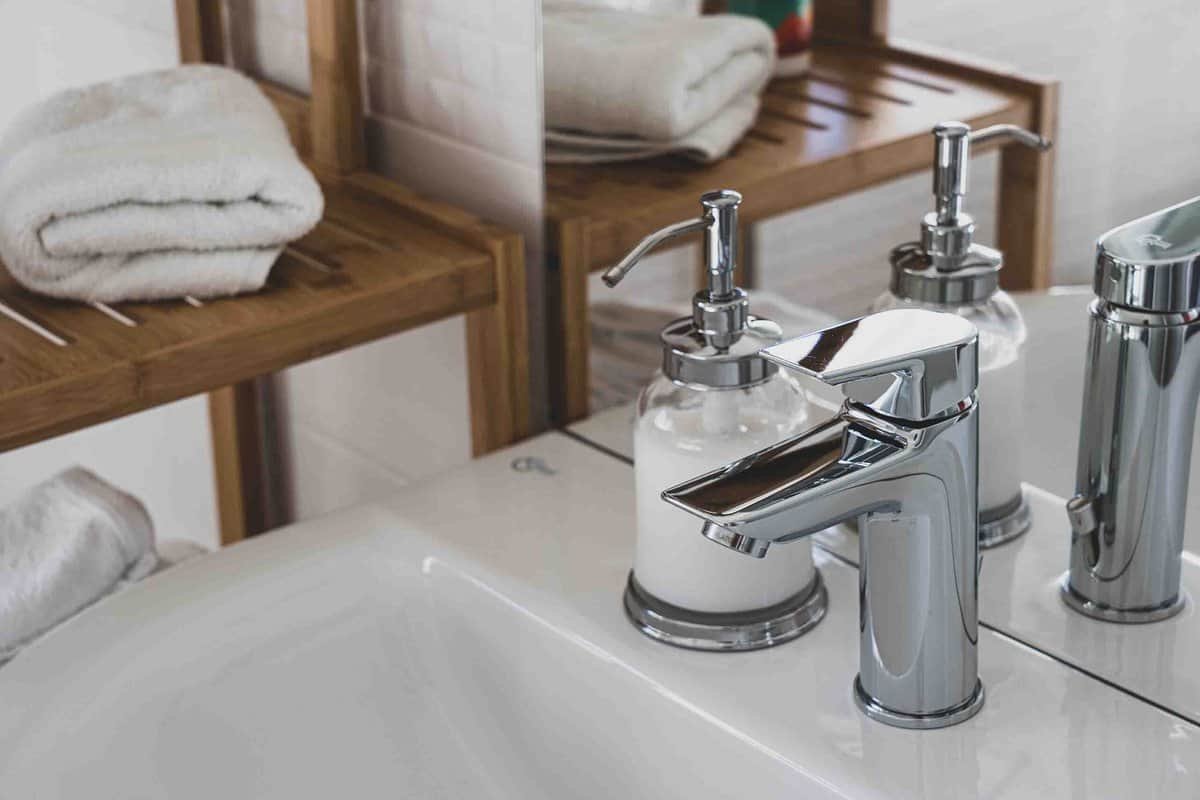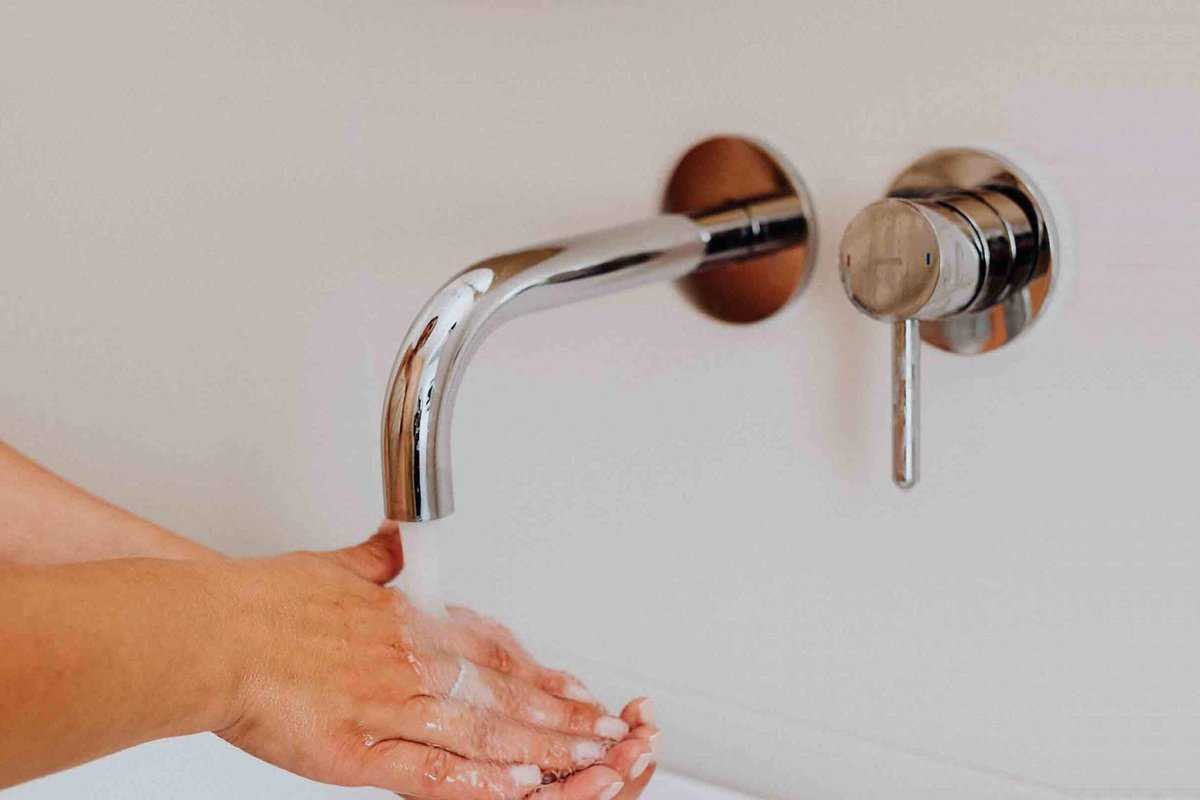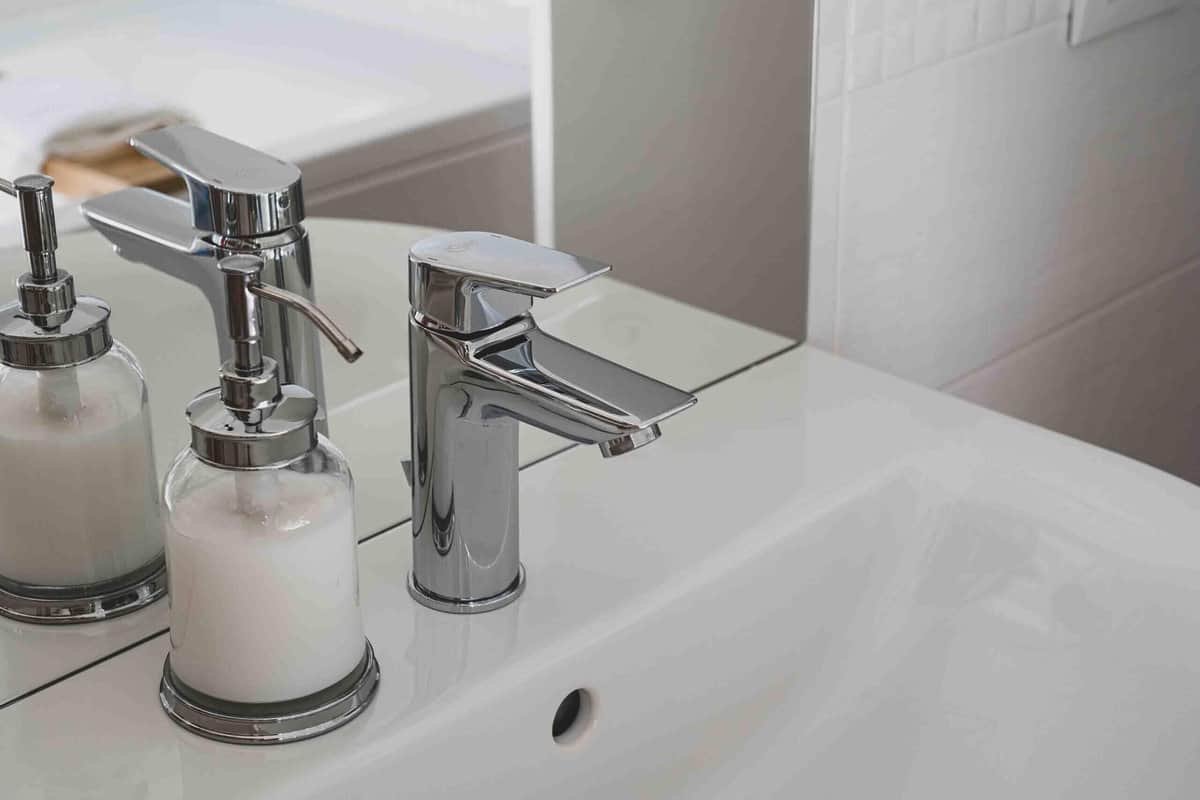Stainless Steel Faucet Manufacturing Process
Stainless steel is a durable and safe material that can be found throughout kitchens, bathrooms, and kitchens all over the world. The process of how this substance is made is a bit complicated and requires a lot of steps to create a single utensil. In this article, we will describe the faucet manufacturers’ traditional casting process of stainless steel faucets to help you better understand the production process of these wonderful items.
1. What Materials are Available for Faucets?
Faucet body materials are mainly cast iron, plastic, zinc alloy, copper alloy, and stainless steel. In the current home use, copper alloy is the most suitable body material, because copper ions have a certain sterilization effect, and make bacteria can not produce antibodies, so copper spout wall will not breed bacteria, which is no other material.
Cast iron is easy to rust, plastic is easy to age, zinc alloys stability is poor, and easy to burst, resulting in the use of not long, so it is not recommended to buy cast iron, plastic, zinc alloy faucets of these three materials.
Brass is a copper alloy, is a combination of copper and zinc, its mechanical properties as well as wear resistance, and corrosion resistant, so it has become the first choice of faucet material.

In addition to copper and zinc, brass also contains a trace (less than 0.5%) of lead, after drinking water faucets were exposed to lead poisoning, we thought that the brass itself lead, the current national standards for faucets containing lead set, as long as the amount of lead precipitation does not exceed 5μg / L, will not threaten human health the standard H59 copper does not need to worry about this problem.
And those on the market detected lead precipitation exceeds the standard faucet, most of them are not brass alloy, but with zinc alloy for good, or infiltrate too many impurities, or with recycled copper scrap roughly processed, so the machining process produced by the faucet have quality problems. Considering that the copper faucet contains lead, then you can choose stainless steel faucets or brass chrome plating.
2. How is Stainless Steel Made?
Stainless steel is a steel alloy that is used to make a variety of products. It is a type of steel with a chromium content of at least 12%, which is what gives stainless steel its distinctive color. Stainless steel is durable and rustproof and can be polished to a mirror-like shine. It is used to make everything from car parts to kitchen utensils.
Stainless steel is a very popular material for kitchen faucets because it is a strong corrosion resistance and does not corrode easily. Stainless steel is also the material used for water heaters, pots, pans, and other kitchen appliances.

The manufacturing process for stainless steel begins with a raw material called iron ore. Iron ore is mined from the ground and then ground into a powder. This powder is then mixed with other materials such as carbon, nickel, and chromium. The mixture is then poured into a mold and heated to a very high temperature. As the mixture heats up, the materials react to create the crystals of the steel alloy. Once the mixture has cooled, it is broken up and the steel is extracted.
3. The Types of Stainless Steel.
Three different types of stainless steel are commonly used in the manufacturing of faucets. They are 304, 316, and 316L. The 304 grade is the most common grade of stainless steel used for faucets. It is also the least expensive grade. The 304 grade is often used for drinking faucets and other household items. The 316 grade is the most common grade used in the manufacturing of faucets.
It is often used for commercial and industrial applications. The 316 grade is also used for drinking faucets as well as for kitchen and bath fixtures. The 316L grade is the most expensive grade of stainless steel used in the manufacturing of faucets. It is used for high-end faucets.
4. The Manufacturing Process
The stainless steel faucet production method includes the following basic process:
The production of shell mold:
The molten wax into the mold, wax for medium temperature wax, precisely controlled its curing time of 2-30 seconds, to solidify the wax to remove the mold is to get and faucet valve body coincides with the wax model; make several wax models, and then several wax models bonded to the same wax mold head, and then the gluing sand, burning. then gluing and firing.
Then the outer surface of the wax model is evenly dipped in slurry, which is a mixture of silicon solution and zirconium powder in the ratio of 1: 3-5 by weight. The viscosity of the slurry mixed with this composition and ratio is high, and the sand particles evenly adhere to the outer surface of the wax model through the slurry, and the wax model is dried after 1-4 hours; the sand particles have attached to the outer side of the wax model and then a layer of sand particles have adhered to the outer side of the wax model after 5-6 hours, and the process is repeated 2-5 times.

This makes the outer side of the wax model evenly adhered to several layers of sand particles, so that the shell mold has sufficient thickness after dewaxing, make the shell mold surface hardness and not easy to break. Steam is used to remove the wax from the shell mold to obtain the shell mold, and then the shell mold will be burned at a temperature of 1000°C-1500°C and a burn time of 20-50 minutes; of course, the cavity inside the shell mold coincides with the valve body, and the shape of the shell mold will be strong and not easy to break after the burn.
Making the valve body
Stainless steel will be injected into the shell mold, and the shell mold will be vibrated after the stainless steel solidifies, the solidification time of stainless steel is 5-10 minutes. After casting the wax mold head at the head becomes the mold head, each valve body blank is connected to the mold head as one. EachEach valve body blank must be cut off from the die head after casting.
The sand casting on the outside of the shell mold comes off clean that is to get the valve body blank, at this time the valve body blank is not flat, but the valve body blanks into the shaping mold by stamping and shaping; use the hydraulic press for shaping, hydraulic press operation is smooth and high pressure, through the hydraulic press shaping makes the valve body blank flat.
Making the cover plate, welding
The valve body is blank into the tooling on the grinder to smooth its outer surface, and the cover plate through the ordinary process of stamping The cover plate is made by punching and pressing the plate, and then the cover plate is welded to the valve body;
The valve body polishing
The outer side of the valve body burrs, burrs by faucet polishing or grinding process to remove the outer faucet surface of the valve body polishing; polishing can also make the outer side of the valve body has a bright effect, beautiful appearance.
Reasonable assembly process

In the final stage,the production of the faucet spool, stem, and handle; the spool is in the valve body, then the inner end of the stem is connected to the spool, and the handle is connected to the outer end of the stem. Usually, the valve body has a spool seat, the spool is on the spool seat, the inner end of the valve stem is connected to the spool, the handle is connected to the outer end of the stem, and the whole stainless steel faucet is assembled.
The spool, stem, and handle in the stainless steel faucet use common processes. Compared with the prior art, the production method of stainless steel faucet in this paper uses the shell shape of the inner cavity of the valve body, and the whole process does not require a faucet plating process. Therefore, it is more material-saving and less costly.
Meanwhile, in the process of making the shell mold, molten stainless steel can be injected into the shell mold to get the valve body, and then polishing and other processing can be performed. The whole process does not require plating treatment, so the process is simple and easy to implement. In addition, the faucet is made of stainless steel that does not fade, is non-toxic, does not rust, has a long service life, and has a beautiful appearance.
5. How to Maintain Your Stainless Steel Faucets?
In the installation
We need to avoid it and hard objects appear direct impact or bump, also not cement, glue and other sticky strong substances get on its surface, so as not to damage the surface of the faucet coating gloss. If the stainless steel faucet is prepared for new housing, the water may have gravel impurities, we need to remove the debris in the water pipe before installing, the water until the water quality becomes clear before continuing to install new faucets.
Lightly open and close
Usually when we use it, should lightly open and close, and should not be too hard, with the direction it opens, gently twist the faucet to use. After use, we should wipe the surface of the stainless steel faucets clean, to avoid the surface rust phenomenon, affecting its gloss. If other faucet water pressure is normal, a faucet out of the water flow is not smooth, then we need to take off the faucet outlet at the net cover and then clean it, generally can be restored as before.
At low water temperature
When the room temperature is lower than zero degrees Celsius, faucets are prone to abnormalities, such as faucet handle feel will appear abnormal, this time to use hot water to shower the faucet until it returns to normal, and then use will not affect the life of the faucet.
Regular surface cleaning
Home faucets often appear to have dirt, in the use of the process to regularly clean the surface, you can use a clean soft cloth with neutral soapy water to wipe clean. Do not use corrosive chemicals and hard brushes to clean up, such as ammonia, decontamination powder, toilet bowl cleaner, iron brush, etc., so as not to cause surface damage.
Close the main valve when not applicable
When the faucet is not used for a more extended period, it is recommended to close the main inlet valve of your home.
Small tips:
Take vinegar plus baking soda, water, the three mix evenly, then stick with paper towels, and then attached to the faucet above the package, and so on for more than 10-20 minutes, and then rinse again basically also clean.
6. Conclusion.
You can see a stainless steel faucet, which is made up of many different various components. It is made up of a handle, a faucet spout, a faucet body, and a base. This is a very complex production process that requires many different steps.
First,faucet bodies are cast, then the faucet is polished, polished brass look or polished nickel then plating surface treatment, chrome plating prevents corrosion, is applied, and then the handle is assembled.
The final stage, the faucet is assembled by connecting the handle to the spout. The faucet body is attached to the handle, while the spout is attached to the faucet body. During this production process faucet sealing performance test, pressure test,salt spray test , spool sealing test, and quality inspection which is a complicated process, but ultimately worthwhile.
If you need, faucetu will provide many kinds of faucet, you can choose your own.We have stainless steel faucets, bathroom faucets, kitchen faucets. Contact us!




